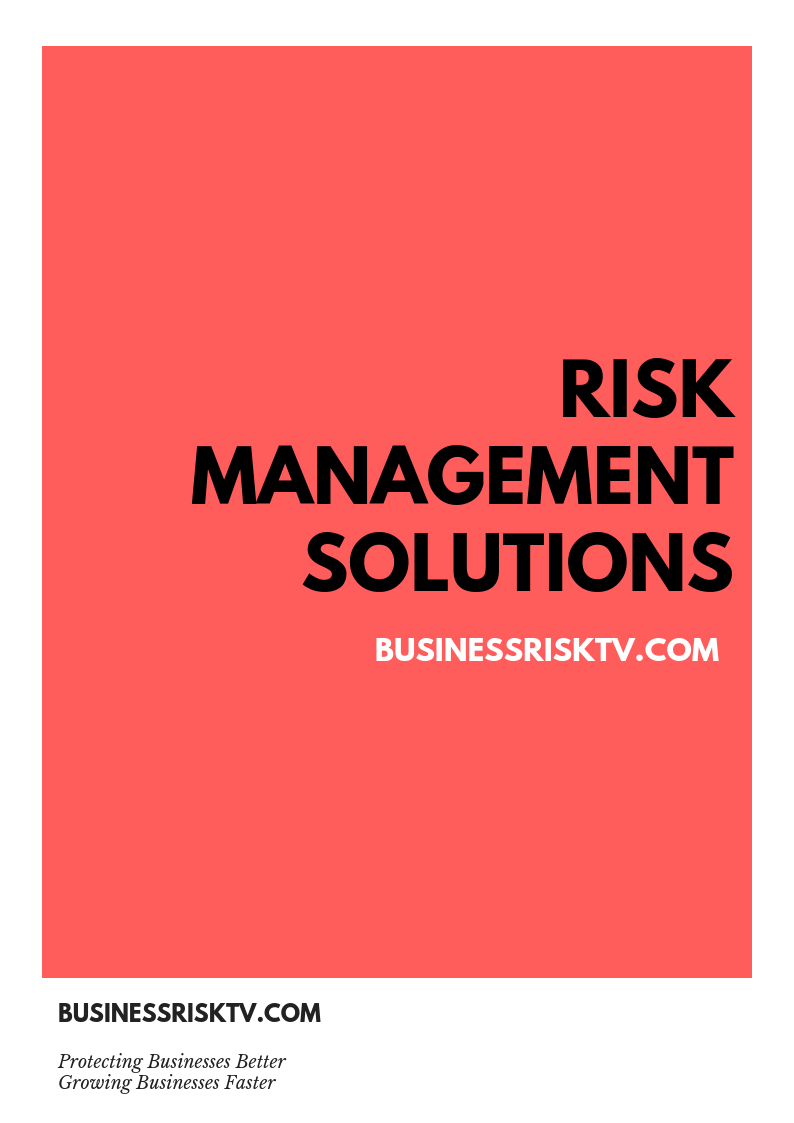The Leveraged Finance Shadow: How Private Equity Threatens UK Banking Stability
The UK’s banking sector faces a growing threat: the rise of private equity (PE) firms utilising leveraged finance for acquisitions. Traditionally, leveraged finance, provided by banks, has been the cornerstone of PE buyouts. However,recent findings by the Prudential Regulation Authority (PRA) paint a concerning picture.
UK Banks Exposed: A Measurement Gap
The PRA identified a critical gap in risk assessment practices. Several UK banks were unable to accurately measure their exposure to PE giants and the portfolio companies they hold. This lack of transparency poses a significant systemic risk. To address this, the PRA has mandated stress testing of these relationships, requiring banks to comprehensively assess the potential impact of various economic scenarios.
The Challenge for Chief Risk Officers:
Chief Risk Officers (CROs) in UK banks now face a critical challenge. The PRA expects them to “comprehensively identify, measure, combine, and record risks” associated with buyout funds and their portfolio companies. This necessitates a thorough re-evaluation of traditional risk management practices to accurately assess the complex and interconnected web of leverage inherent in PE-backed acquisitions.
Beyond Measurement: The Ripple Effect
The impact goes beyond mere measurement. Here’s how the rise of PE-driven leveraged finance can destabilise the UK banking system:
- Increased Leverage: PE firms often rely heavily on debt financing through leveraged loans. This can make banks holding these loans vulnerable to economic downturns. A default by a PE-backed company could trigger a domino effect, impacting the entire financial system.
- Short-Termism vs. Long-Term Stability: PE’s focus on short-term returns can incentivise aggressive financial engineering in acquired companies. This can lead to higher risk profiles and potentially unsustainable debt burdens. Banks holding such loans could face increased risk of default.
- Transparency Concerns: The complex structures of PE-backed acquisitions can be opaque. Layers of debt and ownership can make it difficult for banks to assess the true underlying risk of their exposure. This lack of transparency hinders effective risk management.
The Broader Impact: Businesses Beyond Banking
The instability in the UK banking sector due to leveraged finance can have a ripple effect on businesses across the economy. Here’s why:
- Reduced Lending Capacity: Banks under pressure to manage risk from PE-backed deals might become more cautious in traditional lending activities. This could restrict access to credit for businesses outside the PE realm, hindering economic growth.
- Focus on Fees Over Service: With a focus on maximising returns from PE deals, banks might prioritise high-fee financial instruments over traditional lending services. This can disadvantage businesses looking for affordable credit solutions.
- Fragile Economic Foundations: Excessive leverage can create a system vulnerable to economic shocks. A financial crisis triggered by defaults in PE-backed acquisitions can negatively impact businesses of all sizes across the UK.
Building Resilience: Mitigating the Risks
While challenges exist, businesses can take steps to mitigate the risks associated with leveraged finance:
- Diversify Funding Sources: Explore alternative funding options like asset-based financing, peer-to-peer lending,or crowdfunding. This reduces reliance on traditional banks and their leveraged finance practices.
- Strengthen Financial Management: Build a strong financial foundation for your business by maintaining healthy cash flow, diversifying income streams, and implementing robust budgeting practices. This creates financial resilience, allowing for better negotiation with lenders.
- Stay Informed: Keep yourself updated on developments in the UK banking sector, particularly regarding leveraged finance and PE involvement. Proactive awareness helps anticipate potential challenges and adapt strategies accordingly.
The Need for Proactive Risk Management
The complex landscape of leveraged finance necessitates a proactive approach to risk management for businesses and banks alike. By taking appropriate measures, we can work towards a more stable financial system and foster a healthy economic environment in the UK.
Looking for More Information?
This article provides a high-level overview of the challenges posed by leveraged finance and PE involvement in UK banking. If you’d like to delve deeper into risk management strategies or explore solutions for your business, feel free to contact us. Click here
Get help to protect and grow your business faster
Find out more about Pro Risk Manager
Subscribe for free business risk alerts and risk reviews
Read more business risk management articles for free










